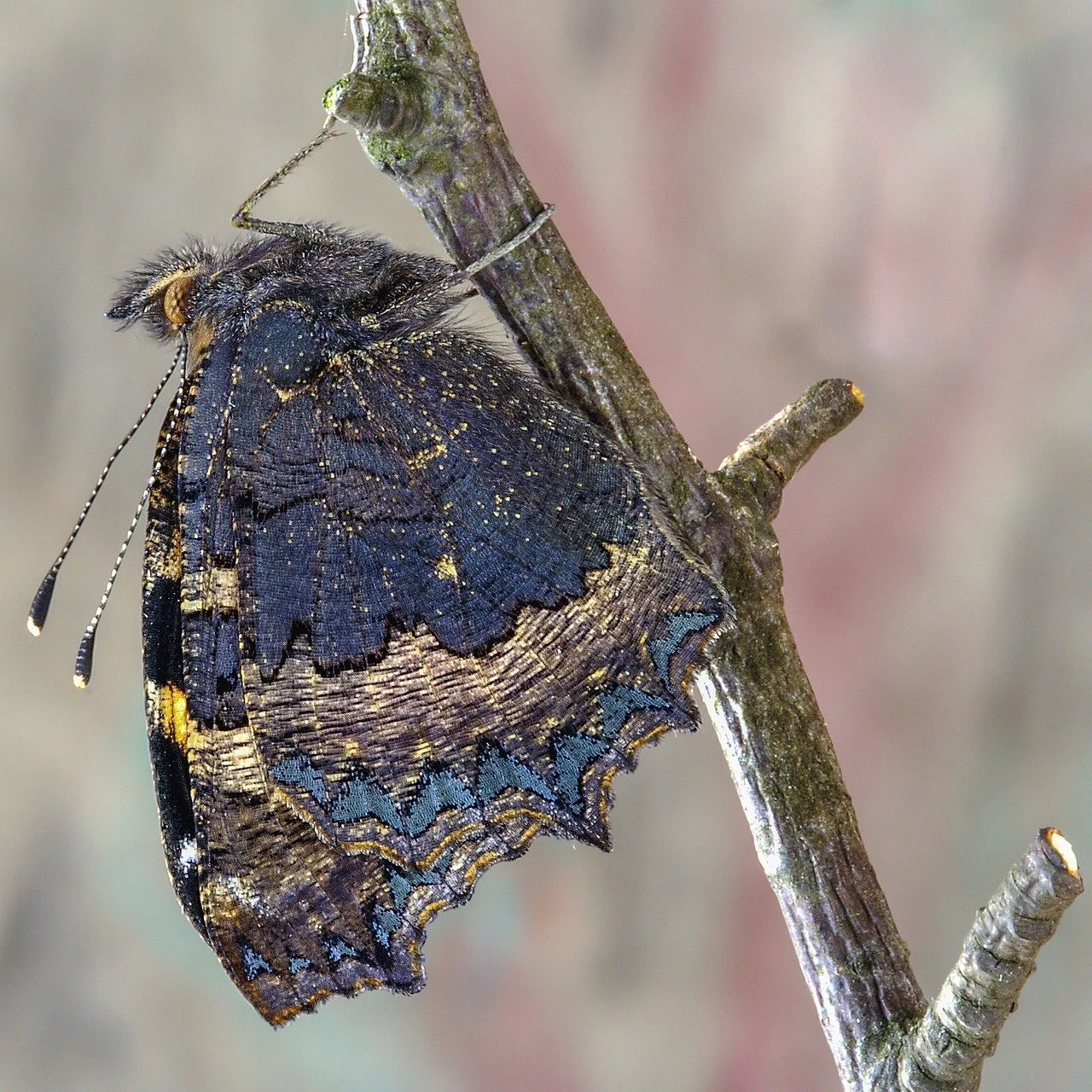
Don’t forget to join the Big Butterfly Count.
Small Tortoiseshell Butterfly
Appearance: Bright orange with black and yellow markings and blue spots along the edges.
Upper Wings: Bright orange with black, yellow, and blue markings.
Under Wings: Dark brown, almost black.
Differences between Males and Females: Both sexes are similar, but females are slightly larger.
When to See: March to October.
What They Eat: Adults feed on nectar from buddleia, thistles, and knapweed. Caterpillars eat nettles.
Migrant: Not a migrant.
Common in Selby Area: Yes, very common.
How to Help: Plant nettles and nectar-rich flowers.
Good Places to See: Gardens, parks, and meadows. Often seen basking on walls and fences.
Interesting Fact: Small Tortoiseshells are one of the most familiar butterflies in Britain and are known for their territorial behavior.
Sign up to the Our Zero Selby newsletter to hear more about Our Zero Selby, the projects taking place, and how you could get involved.

